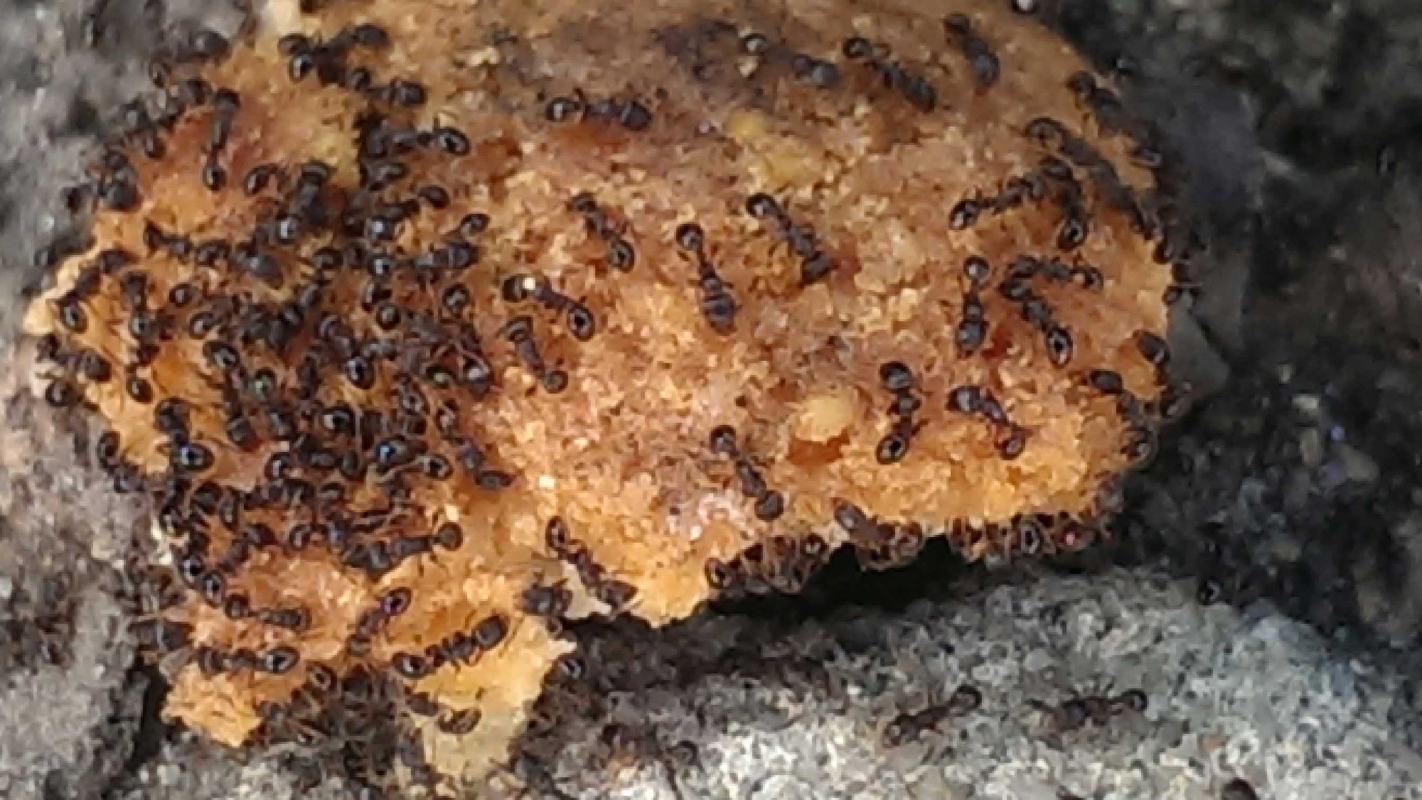ecology

Exploring the Deep Sea: Adventures of a Researcher in the Field

Study Finds Insects Play Important Role in Dealing with Garbage on NYC Streets

Inhabit(ants) of New York City: High Diversity Underfoot in Urban Environments

The Night of the Elephants: Adventures of a Researcher in the Field

Cities as a Glimpse of the Future

Museum Specimens, Modern Cities Show How an Insect Pest Will Respond to Climate Change
